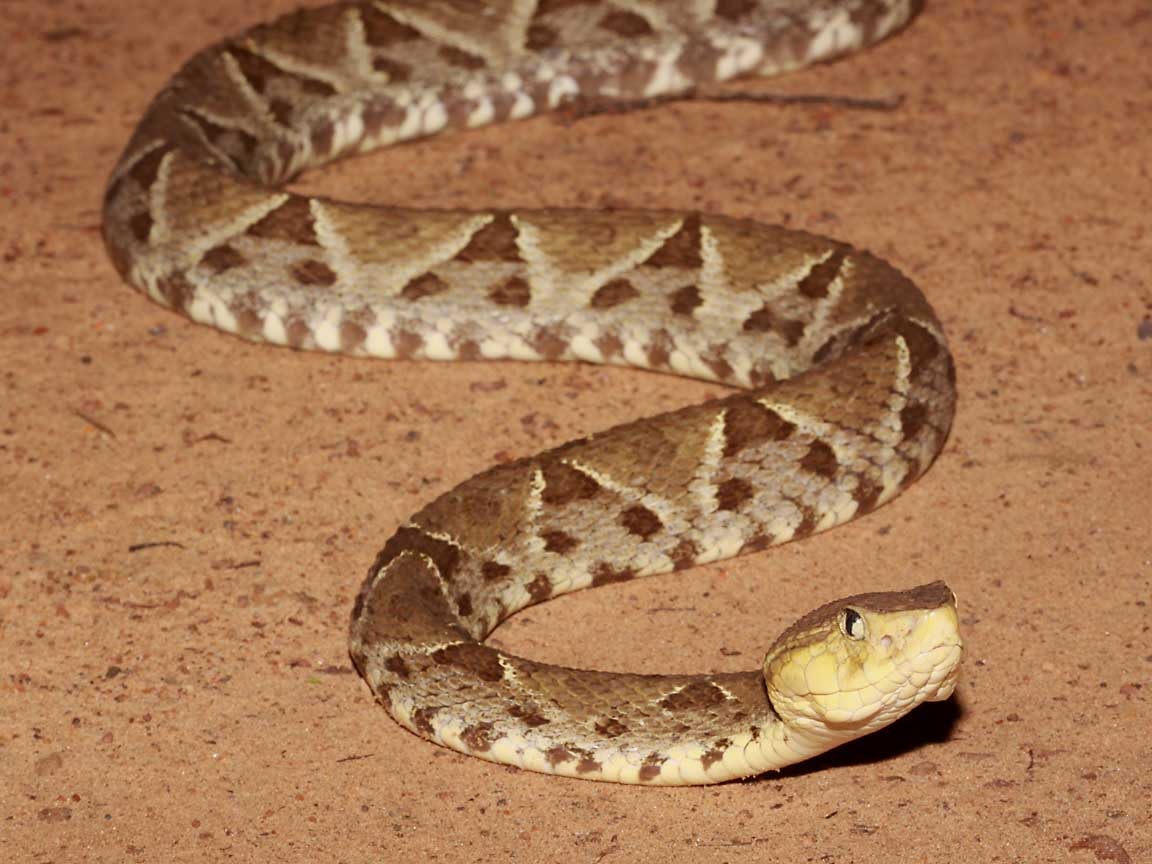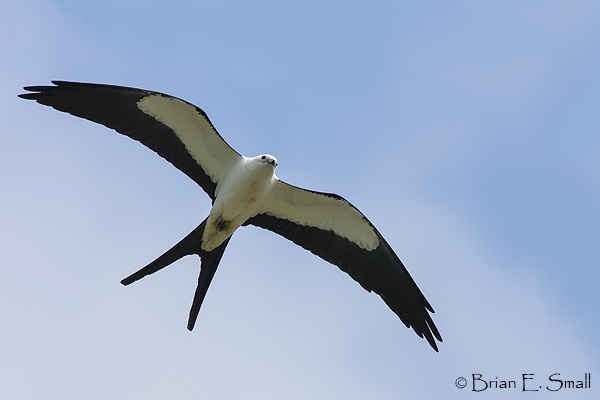
Today we sunscreened up and went out in boats on the Sierpa River to examine the mangrove forest. By the end of the semester, I'll know about 200 species of Costa Rican plants and animals; their family, genus, species, predator/prey for animals, pollinator/disperser for plants, and any other interesting facts. Every time the professors take us into the field, we take notes on a few more species. We learned about a lot of plants on the Sierpa River, all specially adapted to survive in brackish water and tidal changes.
 |
| Learning about the water hyacinth (Eichhornia crassipes) |
It was always a welcome respite from the humidity when the boats moved quickly. My shirt was damp with sweet for most of the morning, until we stopped at a swimming hole. However, we had to climb over Red Mangrove (Rhizophora mangle) roots to get there. It was like a giant jungle gym, with deep mud below. I felt like a little kid on the playground.
 |
| I love my sun/rain hat |
 |
| Katie with a Red Mangrove Crab (Aratus pisonii) |
Swimming in the river felt amazingly refreshing. So did speeding back to the dock in the boats. We had lunch at the hotel restaurant, then packed up for the 1.5-hour boat ride to our campsite for the next 6 nights. The four boats traveled down the river and then south along the coast to Corcovado National Park. I was worried I'd get seasick, but the boat moved fast enough that even the large ocean waves didn't bother me. Along the way, we saw a pod of pantropical spotted dolphins (
Stenella attenuata) about 10 m from the boat.
 |
| the dolphins are underwater |
Eventually, we arrived at our campsite, San Pedrillo, in Corcovado National Park. It's a popular tourist destination during the day, but we were the only group camping there, probably because it is only accessible by boat. It's a gorgeous beach, with the ocean only 10 m from the grassy area where we pitched our tents. A small, green building housed a kitchen, bathrooms, and picnic area. Behind the building, the tropical wet lowland forest proved a green backdrop.
 |
| the beach at San Pedrillo, just to the north of a small creek that flows into the river |
 |
| looking up the beach at our tents |
 |
| can you say, tropical paradise? |
 |
| our classroom |
As we unloaded the boats in the crashing surf, a flock of Brown Pelicans dove for fish all around us. I also spotted a Yellow-headed Caracara sitting on a rock. Soon after we gathered "all" our gear and waved goodbye to the boats, a pair of Scarlet Macaws (another for my top 17 list) and a Chestnut-mandibled Toucan landed in the trees above our campsite.
 |
| Brown Pelicans diving off the beach |
 |
| Scarlet Macaws through my binos |
Once my excitement about cool birds wore off, I looked for my bags. I found one, but the other containing my sleeping bag, pad, and toiletries was no where to be found. Apparently it never made it off the boat. Yeah... Luckily, the professors brought extra sleeping bags and pads, but I had to borrow contact lens solution and go without a toothbrush or deodorant. I did eventually get everything back...3 days later. Losing my bag sucked, but the incredible location more than made up for it. One of the best things about the campsite was its nearness to the ocean, which provided an excellent way to cool off from the 90-95°F heat and humidity. As soon as we finished setting up our tents, we went for a swim in the warm ocean. Unfortunately, the first wave hit me in the face and knocked off my sunglasses, which are still somewhere in the Pacific Ocean. First my bag, now my sunglasses.
Later, my tentmate, Rebecca, and I went for a walk in the freshwater creek just to the south of our camp. We saw a Green Heron, Green Kingfisher, and Boat-billed Herons. We also had a messy and fun mudfight with a few other people.
 |
| the creek near our camp |
Before dinner at 6, we gathered on the beach to watch the sunset. I decided this is definitely paradise. Dinner consisted of more rice and beans, and cake for dessert. An hour after dinner we had an orientation lecture while howler monkeys called in the trees. Alan and Moncho warned us to always hike with hiking boots and a flashlight, and to not pick up any snakes. There are several venomous snakes in Costa Rica, but the most likely seen is the Fer-De-Lance. Like all venomous snakes, they want to save their venom for killing prey, so unless you're really bothering it, they won't attack humans.
 |
| fer-de-lance: don't touch |
After dinner, a few of us walked down the beach to the creek to look for the crocodile that apparently hangs out near the mouth. We didn't see it, but we did see lots of walnut-sized hermit crabs (
Coenobita compressus). They seem to enjoy coconuts; about 30 would swarm around one broken coconut, crowding around to eat the fleshy fruit.
Later, we all sat around the picnic tables on the porch, making flashcards and studying the species by lantern light. Moths, flies, large cicadas, and other insects buzzed around our lights. If a particularly interesting insect flew by, we'd stop studying for a few minutes to check it out and try to identify it. I love that the other 29 students on this trip are as fascinated and excited by the natural world as I am. Sure, my friends at home tolerate my inner biology nerd, tease me a little, and maybe even think it's kind of cool, but it's more fun when others can share in my excitement.
 |
| cicada (Fidicina mannifera) |
 Today we sunscreened up and went out in boats on the Sierpa River to examine the mangrove forest. By the end of the semester, I'll know about 200 species of Costa Rican plants and animals; their family, genus, species, predator/prey for animals, pollinator/disperser for plants, and any other interesting facts. Every time the professors take us into the field, we take notes on a few more species. We learned about a lot of plants on the Sierpa River, all specially adapted to survive in brackish water and tidal changes.
Today we sunscreened up and went out in boats on the Sierpa River to examine the mangrove forest. By the end of the semester, I'll know about 200 species of Costa Rican plants and animals; their family, genus, species, predator/prey for animals, pollinator/disperser for plants, and any other interesting facts. Every time the professors take us into the field, we take notes on a few more species. We learned about a lot of plants on the Sierpa River, all specially adapted to survive in brackish water and tidal changes.



































